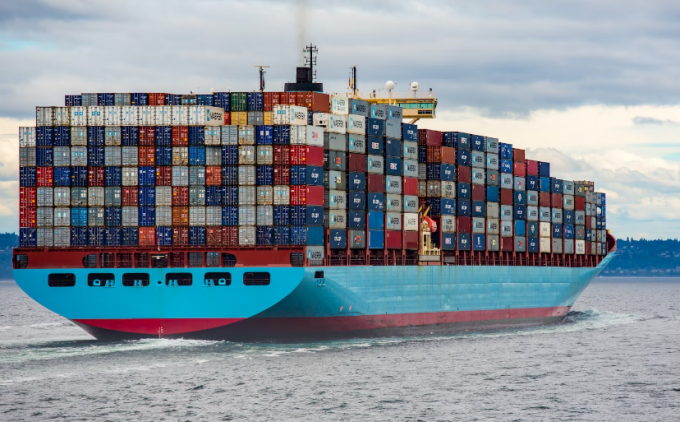Panama touts public-private solution for Hutchison ports company
Reading the tea leaves in Panama has always been difficult, but at his weekly press ...

Ahead of the demise of the 2M Alliance at the end of next year, MSC and Maersk have already ’decoupled’ their fleets, deploying their vessels on individual service loops.
This has fuelled speculation that the carriers will agree to end their east-west ...

Comment on this article